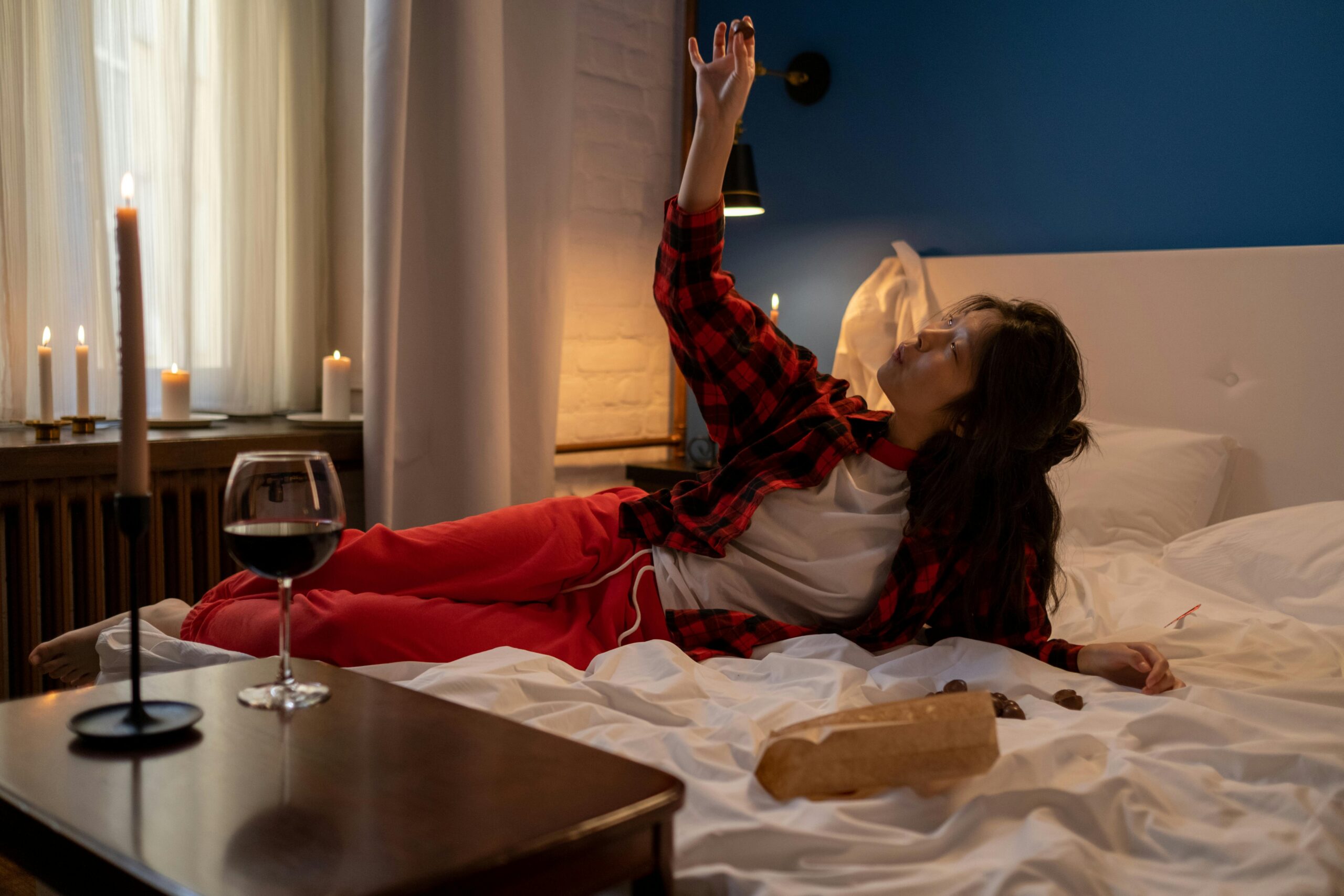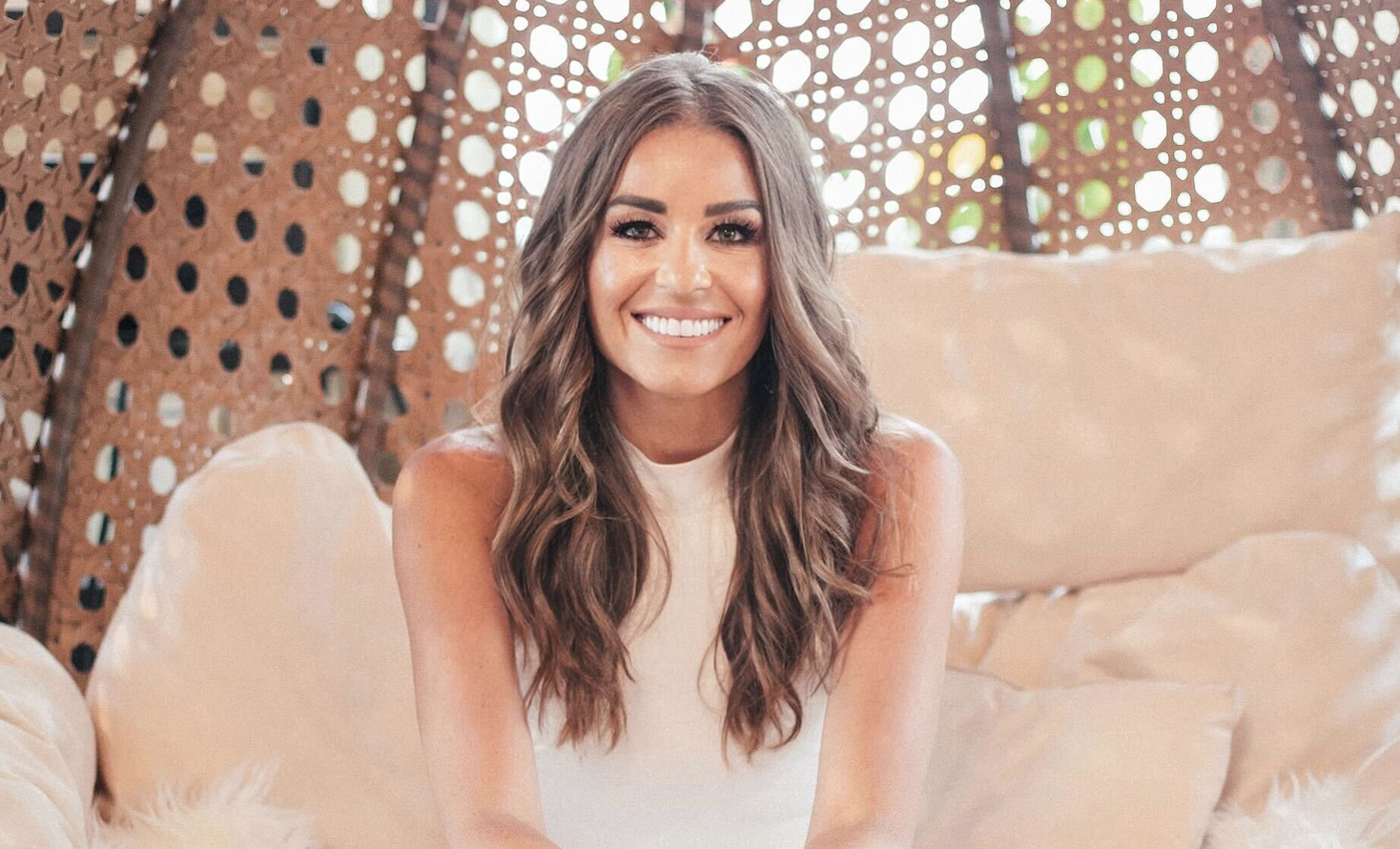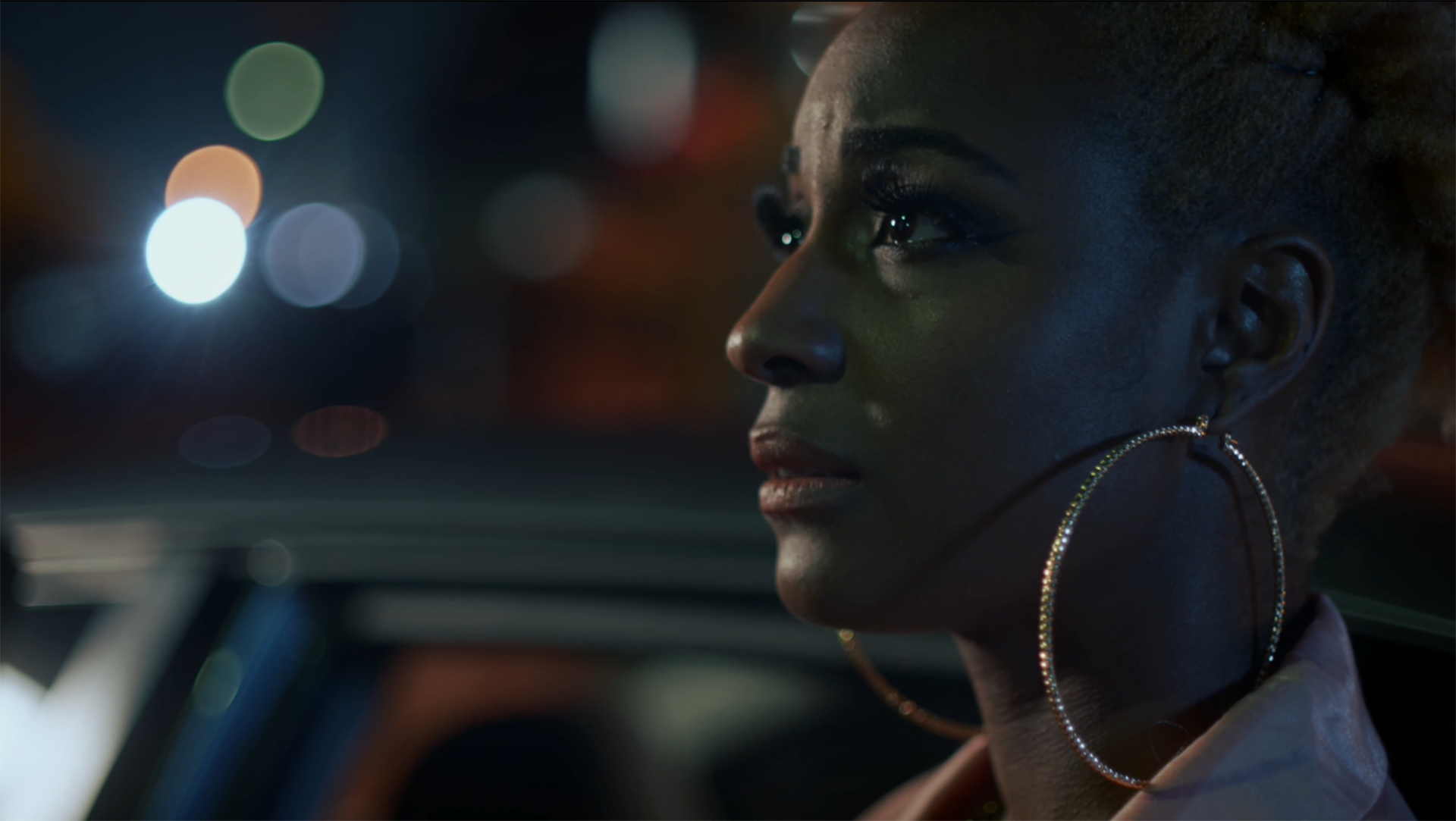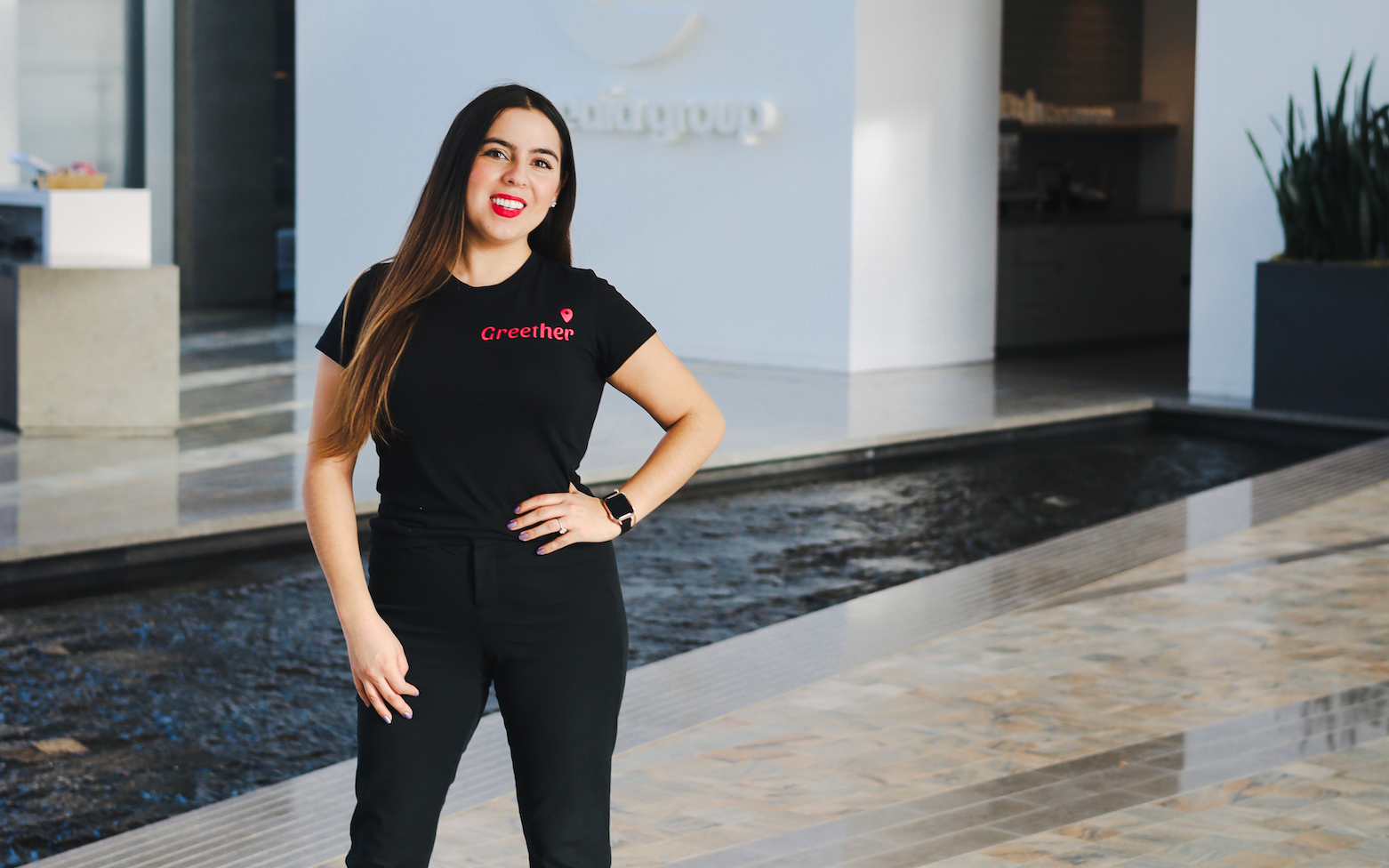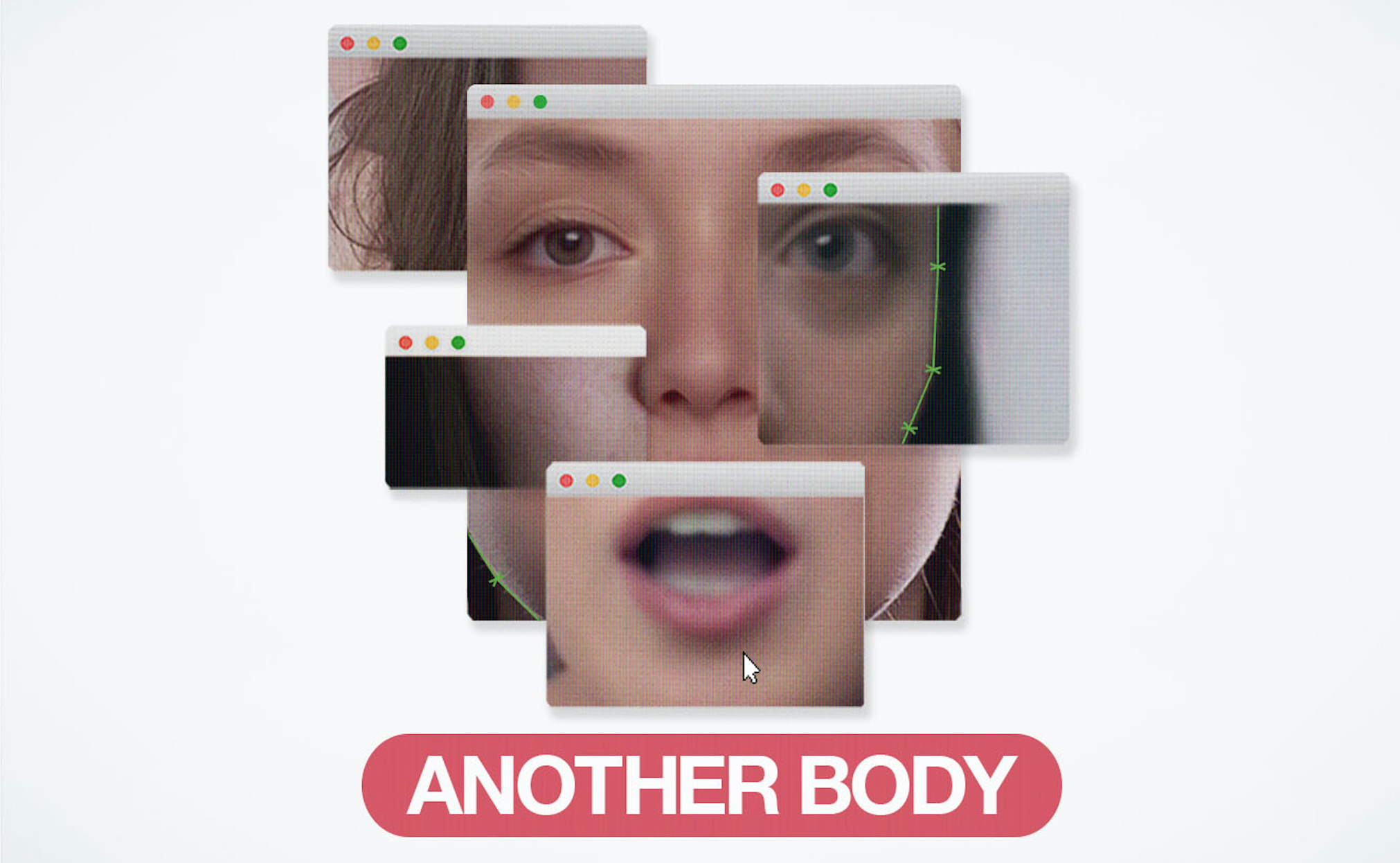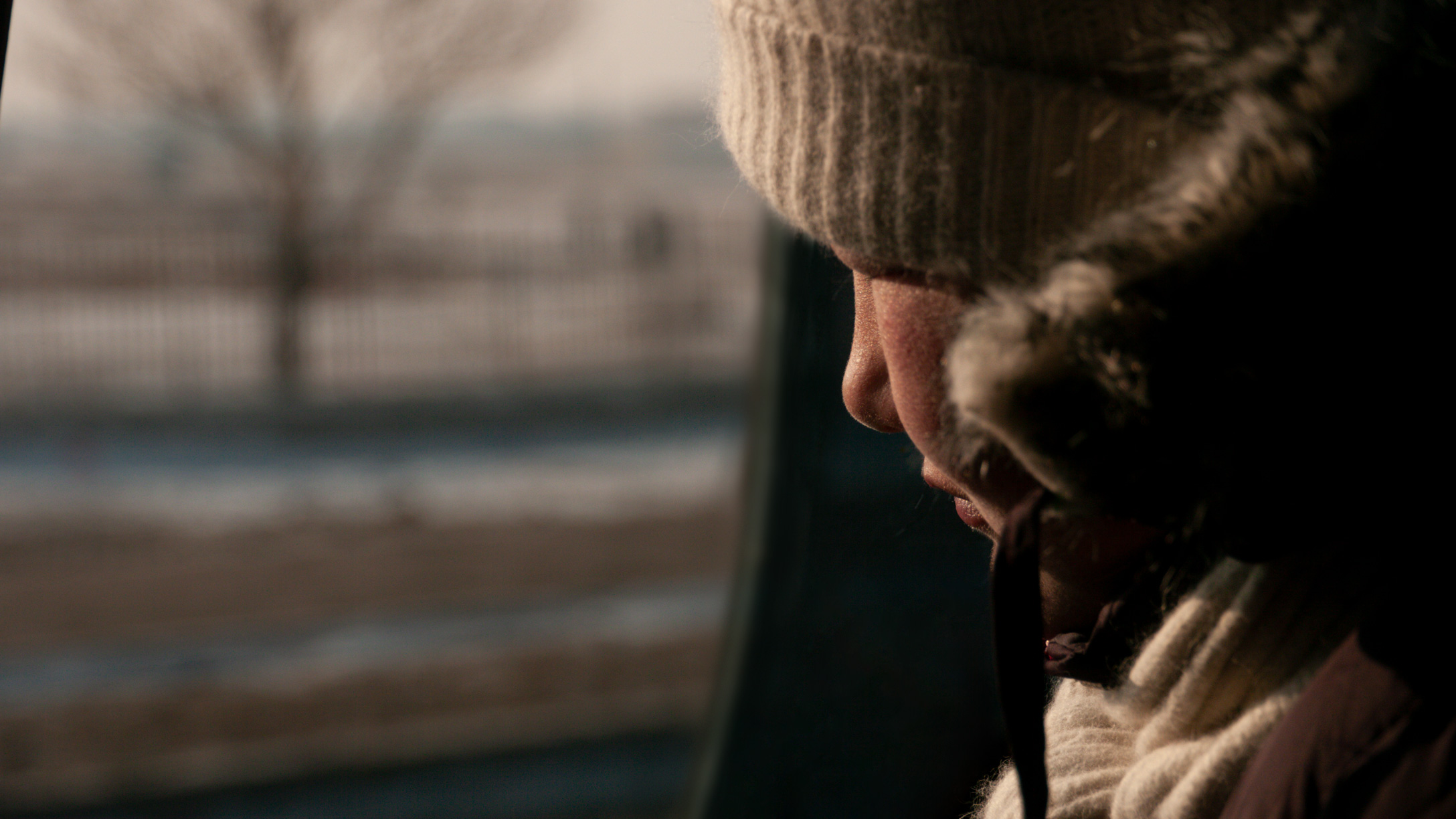
According to a recent Director’s Guild of America (DGA) Inclusion Report, 38% of scripted television episodes in the 2020-21 season were directed by women, which was higher than the 35% from the season prior. But even this less-than-equitable figure doesn’t tell the full story, as the guild also noted that Latina directors represented only 9% of the episodes directed.
We know that Hollywood is seeing massive and sweeping change, but it is still slow. And now with the current Writer’s Strike taking place, it remains to be seen what kinds of changes will be made to even the playing field for underrepresented and minority creatives.
While the industry continues to grapple with these issues, we take inspiration from the women who are pushing the boundaries and creating new pathways that were seemingly impossible before. Women like Marialy Rivas, a Chilean director who is best known in Hollywood for her recent work directing episodes 5 and 8 in Season 2 of HBO Max’s highly acclaimed series ‘Perry Mason’.
Prior to working on ‘Perry Mason’, Marialy made her name working in Chilean cinema, but as she tells us below in an interview, the industry there is almost non existent so to find work that would translate to Hollywood was no easy feat.
Her determination, commitment to creativity, and persistence in the face of intense political surroundings as young girl, show that the unofficial rules of how to “make it” as a director in Hollywood should really be thrown out the door.
In the interview below, Marialy candidly talks about how difficult it was starting her career in Chile, the decades it took to build up an impressive portfolio, and what advice she would give to other women directors looking to get their foot in the door.
Can you tell us where your filmmaking career began and what interested you in the industry to begin with?
My career started with my first student short film called “Desde Siempre.” I didn’t know then, but I was shooting the first queer movie in Chile. I was only 19 years old, and the short became very well known in Chile and today has a cult status. So that was an excellent first step that brought opportunities for me later on.
I grew up during Pinochet’s dictatorship; at that time, all the filmmakers were either exiled or killed, and all film schools were closed by the regime. So we did not have and still don’t have an industry how it exists in the States, but I declared I wanted to be a filmmaker at seven years old. As a child, I was not allowed to watch TV, so I would go to the movies three times a week. I would watch anything that was playing, from Tarkovsky to Rocky. That informed my taste, which consists of stories with layers and depth but always aiming to reach the biggest audience possible.
With time and years of work, I found great producers in Pablo and Juan de Dios Larraín, founders of Fabula, and with them, I did short films, two movies, and a couple of TV shows before arriving on Perry Mason.
When did you come to the states, and what was it like getting into the film industry here?
I went to the States to shoot Perry Mason and found an incredible industry; a group of brilliant producers, talented showrunners, and the most fantastic cast and crew. It took me 20 years of constant work in LaTam to arrive there, but I feel lucky to have entered the American Industry with the best possible people. I have nothing but love and awe for everyone who participated in that show. They are all rock stars.
Although there is a great push to hire more female directors, the change is slow to come in Hollywood. How have you found this so far in your journey?
I have been working and hoping to work in Hollywood for as long as I can remember. However, even though there is still a lot of work to do, it’s through the constant push of various feminist movements, the fight of hundreds of female directors, producers, actresses and more that the change started to happen. Add to that the consistency and courage of companies such as Team Downey, which hired three female directors out of four for the second season of Perry Mason. These opportunities were closed to a director like me ten years ago, but today are open.
No one offered me a job when I won best international screenwriting at Sundance in 2012. So I’m happy and excited to see that nowadays, other Latina directors go to a Festival like Sundance and land opportunities on the spot. This is how I know the industry has changed in the past 11 years for the better, but we must continue fighting for more inclusion and opportunities for diverse and minority directors.
Is the film industry any better for women in Chile, and what were your experiences working there as a female director?
In Chile, we do not have an industry. We have directors and producers that fight for years by applying to various government and international funds to make movies. So it’s hard for everyone, male or female.
In my case, that meant directing anything that came my way. For many years, I was directing commercials between my movies and shorts. That allowed me to put the money I made into my films so they could exist.
I was one of the first female directors in advertising in Chile because some creatives knew about my first short film, so in the early 2000s, they offered me to direct a campaign. I had the luck that with my first campaign, I won many awards, including the best commercial director of Iberoamerica that year. After that, I quickly made a name for myself. A few years later, I met the Larrain brothers, who invited me to collaborate at their production company Fabula, one of the leading production companies in Chile, and LaTam with titles ranging from Spencer and Jackie to A Fantastic Woman and No.
In our non-industry, I have been lucky enough to jump all the hurdles. It took me time, but I’m proud I could do it. Of course, I wish and fight for a smoother and faster career for the rest of the Chilean female directors, but as I said, today, it’s WAY better than twenty years ago when I started.
You have directed episodes in HBO’s acclaimed series ‘Perry Mason.’ What was the process of landing this job, and what excited you about the series?
I count on my team, the wonderful Ariel Meislin, my manager from Kaplan Perrone, she got me to the door to meet with the producers and showrunners, and they liked what I pitched them regarding the second season.
I was very drawn to the bold move of making Perry defend a couple of Latino kids who end up being guilty. I was intrigued by how that morality complex plot will be resolved and all the grey areas that would bring to the story. I also loved the internal dilemmas the trio of protagonists faced in the Second Season. For me, the show had a journey of identity for Perry, Della, and Paul. What kind of lawyer is Perry going to be? Will Della be able to live a more open queer life? Where does Paul stand regarding his community and his job as a detective?
I saw a lot of complexity in the season; the personal stories were intertwined with more critical questions and issues of class, race, and what real justice is. Is it even fair? Does it even exist?
The show was incredibly profound and exciting, and I love its genre.
When you begin working on a film or TV episode, how do you begin to map out the direction of a scene and visual style?
In both cases, some connection with films I love appears intuitively as references in the first read. I like to do a lot of visual research; I study photographers, painters, and movies of the time, and if it’s not periods, movies I feel have similar souls to mine. When doing TV, the tone meeting is crucial because it is when you can fully comprehend what the showrunner wants to achieve tonally with each scene of the script.
I also like to table read with the cast, they are usually brilliant in their notes as they are laser-focused on their character, and they know them better than anyone. For me, every visual choice has to derive from the emotion we need to achieve in the scene, and sometimes that will be achieved through a close-up, and some other times through an extreme wide shot.
I always aim to enhance the arch of the scene, visually show the information needed, elevate the material, and give it scope, beauty, and intimacy. I also like to discuss the shot list with the DP; they always have great visual ideas and profoundly know the show’s DNA.
In the case of movies, I spend a lot of time searching for a particular visual style and language that can set the film apart. Still, again, every stylistic decision must come from within the story and the genres you want to play with to not feel forced.
What would you say are the main barriers for women directors in the film industry, and what are some ways to break those down?
Women directors and women in general need to fight the bias against us at every turn. We must constantly prove our worth and capabilities to everyone else and ourselves. Male directors can fail and still keep being offered great jobs; for a female director, you know that one slight wrong turn can mean your career is over.
To combat that, you have many different paths: you can be active in organizations that champion women, hire women crews whenever you can, and help other younger directors by mentoring or advocating for them in every way possible.
Also, you need to work in your career and find your voice, and your visual style needs to be personal and not resemble anyone else. Train yourself, make short films, make movies, make music videos, write scripts, work work work. Watch movies, discuss movies with other directors or scriptwriters, read about the craft, and learn as much as possible. Because if you do so, you WILL BE NOTICED. As I said, there is still a lot to do, but it is way better nowadays.
If you could create an ideal project where the budget was no issue, what would it be, and what would the storyline and characters revolve around?
I’m drawn to various subjects and genres, so this question is tough to answer. I like characters that are trying to find themselves and have a difficult context they need to fight and overcome. Dark horses and rebels.
I also love to work with great collaborators, as you are only as good as the artists who make a movie or a TV show journey with you. An excellent scriptwriter that can make leave you open-mouthed with a great line of dialogue. A DP that gets you and is creative and pushes you to new places. A production designer that is capable of building worlds with profound truth. A sound designer that can move you with a sound that you can almost not recognize. An editor that can give a new light to the material and is capable of rewriting the film with you. An actor that can bring truth to each line of dialogue, and so on and so on.
Who are your role models and inspirations as directors, and what inspires you about them?
I profoundly admire the depth and layers of Celine Sciamma’s characters, the atmosphere and style of Claire Denis, the ominous quirkiness and use of the sound of Lucrecia Martel, the playfulness and joy of Agnes Vardá, and the freedom of Jean Luc Godard.
What are you working on next?
I’m currently editing a show for Amazon that I show run and directed in Argentina, and I am about to go into the prep of my next feature that will be shot in Mexico.
You can watch Marialy’s work on Season 2 of ‘Perry Mason’ on HBO Max, and follow her on Twitter and Instagram.












